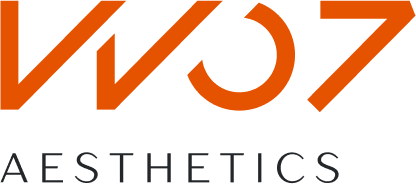Chemical peeling is one of the most well-known facial rejuvenation and deep cleansing procedures. But there is one obvious disadvantage that affects the decision to undergo this procedure: it leaves red crusts on the skin that take quite a long time to come off. But what should we do if typical home methods for facial cleansing are not effective, and there is no time for recovery after chemical peeling?
The deep facial cleansing peel with PRX-T33 is known as “chemical biorevitalization” or the “liquid laser.” The product’s innovative formula was developed by the Italian company GPQ Srl. Its uniqueness lies in the drug acting on the skin as a medium chemical peel, but stimulating fibroblasts for rejuvenation with a revitalizing effect. At the same time PRX-T33 does not leave behind redness and flaking, acting gently and softly on the skin. PRX-T33’s three active ingredients (kojic acid, TCA, and hydrogen peroxide) are a patented formula and not only complement, but also enhance the effectiveness of each other in the deep layers of the epidermis and dermis, while neutralizing the unpleasant effects of peeling such as flaking on the surface of the skin.
PRX-T33’s patented molecule complex (trichloroacetic acid or TCA) — the basis of the product — deeply cleanses the skin of impurities, excessive skin fat, and keratinized particles, saturating it with useful elements, as well as improving its firmness and elasticity. TCA molecules also destroy pathogenic microbes, helping to fight inflammation of the skin.
Kojic acid (the liquid laser’s second component) normalizes the production of melanin, helping to combat age spots and freckles, returning a beautiful color, radiance, and smoothness to the face. Kojic acid is ideal in dealing with such defects as post-acne, pigmentation, and uneven skin tone.
The third component in PRX-T33 is low-molecular hydrogen peroxide. According to studies, it reduces the aggressive effects of trichloroacetic peeling, while having a pronounced stimulating and regenerating effect on the skin.



